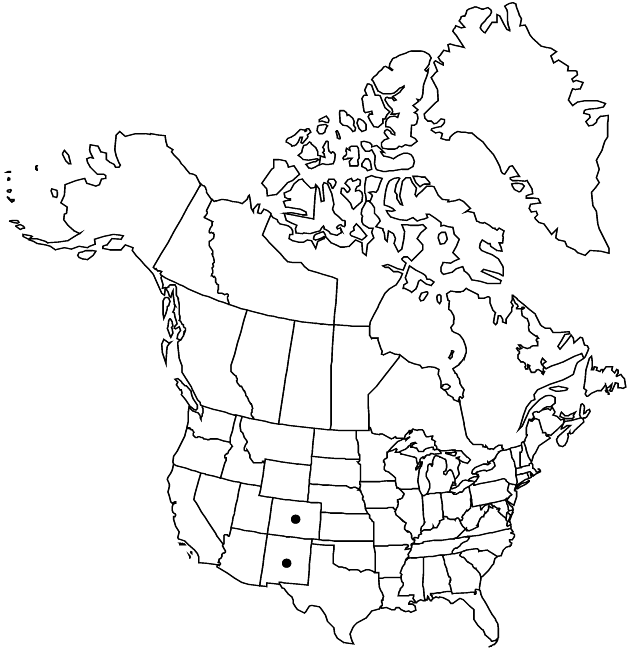Grindelia decumbens
Pittonia 3: 102. 1896.
Perennials, 15–50(–80) cm. Stems erect, stramineous, glabrous. Cauline leaf blades oblong, spatulate, oblanceolate, lanceolate, or linear, 15–40(–80) mm, lengths 3–7(–15) times widths, bases ± cuneate or clasping, margins serrate (teeth mostly distal, apiculate) or entire, apices obtuse to acute, faces glabrous, moderately gland-dotted. Heads in open, paniculiform arrays. Involucres broadly urceolate to hemispheric, 5–9(–11) × 6–10(–15+) mm. Phyllaries in 4–5(–6) series, slightly spreading to appressed, lance-oblong or lance-linear to lance-subulate, apices hooked or strongly recurved to nearly straight, subterete to subulate, slightly to moderately resinous. Ray florets 12–24; laminae 7–12 mm. Cypselae light brown to stramineous, 3–3.5 mm, apices smooth or coronate, faces striate; pappi of 2–4 straight or slightly contorted, smooth or barbellulate, setiform awns or subulate scales 3.5–5 mm, shorter than to equaling disc corollas. 2n = 12.
Phenology: Flowering Jul–Sep.
Habitat: Dry hills and plains, gravel banks, stream banks
Elevation: 1200–3000 m
Distribution

Colo., N.Mex.
Discussion
Plants of Grindelia decumbens with leaf blades oblanceolate or lanceolate to linear with lengths 6–15 times widths (versus oblong or spatulate to oblanceolate with lengths 3–7 times widths) and phyllary apices gradually (versus abruptly) recurved have been called var. subincisa. Hybrids between G. decumbens and G. squarrosa (G. nuda) are known from Colorado. Plants treated here as G. decumbens are very similar to plants treated here within G. hirsutula.
Selected References
None.